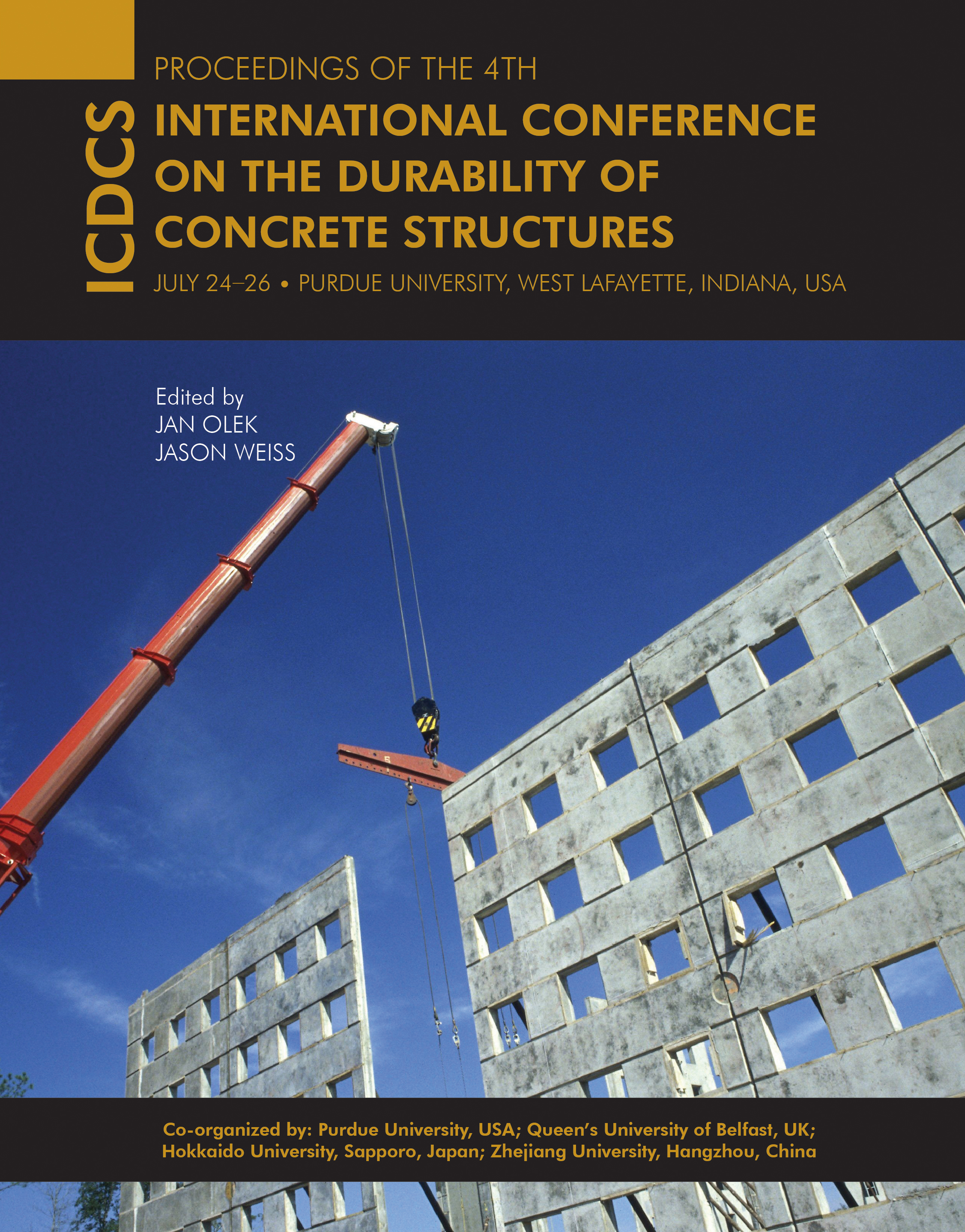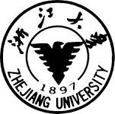Keywords
contact angles, freeze-thaw resistance, hierarchical surfaces, hydrophobicity, superhydrophobicity
Abstract
Freezing and thawing of water in saturated concrete induces stresses, cracks, spalling, and eventually allows chlorides, sulphates and other ions to penetrate through the porous space of concrete causing the corrosion and ultimately structural failure. These detrimental factors are limited if concrete has the ability to repel water. Water repellant concrete was achieved through internal and external surface applications. Hydrophobicity, over- and super-hydrophobicity are demonstrated by the ability of a surface to repel water and are characterized by contact angles. In cementitious composites internal hydrophobization can be achieved through the addition of superhydrophobic admixtures to fresh concrete resulting in an air void system with small, well-dispersed air bubbles to provide superior resistance to freezing and thawing. Hydrophobic, over- and super-hydrophobic surface coatings were achieved by the design of hierarchical surfaces tailoring the fiber content, mixture proportion, and superhydrophobic emulsions. Contact angle tests were used to characterize the developed coatings. The use of internal hydrophobization improves freezing and thawing resistance of fiber-reinforced composites as demonstrated by a durability factor of 100 through as many as 700 accelerated (-50°C to 20°C) cycles in 5% NaCl solution.
DOI
10.5703/1288284315484
The Development of Hydrophobic and Superhydrophobic Cementitious Composites
Freezing and thawing of water in saturated concrete induces stresses, cracks, spalling, and eventually allows chlorides, sulphates and other ions to penetrate through the porous space of concrete causing the corrosion and ultimately structural failure. These detrimental factors are limited if concrete has the ability to repel water. Water repellant concrete was achieved through internal and external surface applications. Hydrophobicity, over- and super-hydrophobicity are demonstrated by the ability of a surface to repel water and are characterized by contact angles. In cementitious composites internal hydrophobization can be achieved through the addition of superhydrophobic admixtures to fresh concrete resulting in an air void system with small, well-dispersed air bubbles to provide superior resistance to freezing and thawing. Hydrophobic, over- and super-hydrophobic surface coatings were achieved by the design of hierarchical surfaces tailoring the fiber content, mixture proportion, and superhydrophobic emulsions. Contact angle tests were used to characterize the developed coatings. The use of internal hydrophobization improves freezing and thawing resistance of fiber-reinforced composites as demonstrated by a durability factor of 100 through as many as 700 accelerated (-50°C to 20°C) cycles in 5% NaCl solution.





